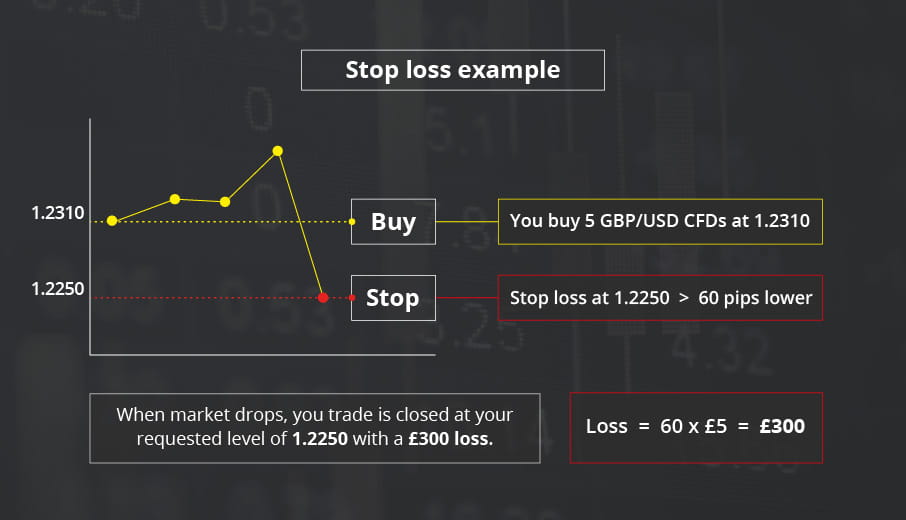
Forex trading
Risks of forex trading
Volatility in the forex markets can bring ample opportunity to speculate and profit from forex price movements. However, there is always the possibility that your trades could go against you and this could net you a loss.
Losses are common for most forex traders, even for the most experienced, and the key to becoming a successful forex trader is understanding and managing your risk.
At City Index, we offer a range of tools to help you manage your trading risks, such as:
- Education to help enhance your knowledge of leveraged FX trading and make you a more confident investor.
- A real-time economic calendar that covers major market-affecting events in Australia, the UK, EU and US, which will help you plan your trades.
- Stop loss orders (Standard / Trailing)
Understanding risk in FX trading
In FX trading on margin there are 2 major risk factors to consider:
1. Margin
FX traded on margin means you only need to deposit a small percentage of the overall value of the trade, known as margin. Therefore, with a smaller initial capital outlay you have exposure to a much larger position. This means that your gains could be multiplied if the market moves in your favour. Equally however, your losses could be magnified in exactly the same way if the market goes against you.
2. Volatility
Foreign exchange rates can change rapidly in response to any real-time economic and political events. This offers great opportunities for traders to make profits in the forex markets.
However, volatility can be a double-edged sword, and losses can accumulate just as quickly.
Managing risk
As a forex investor, there are many things that you can do to increase your profit potential and reduce risks:
Don’t over trade
- Trades should be sensibly sized and you should always ensure you have sufficient funds in your account to cover any losses for the period that you decide to hold open you trade.
- If you have insufficient funds on your account to cover your trades and any losses, you could quickly find yourself on margin call, which puts you at risk of having your positions automatically closed out.
Use stop loss orders to manage risk
- Stop loss orders are requests made by clients to close out an existing trade at a price that is worse than the current market price, to help minimise losses
- Stop losses are useful because you don’t have to be tied to the computer all day and be tempted to run losses by staying in a trade longer than what is smart
- When the market reaches a stop level set by you, your trade will be closed automatically at the best available price
- As stop losses are executed at the best available price, there is a risk that the closing price could be different from the order level if the market price gaps.
- At City Index, we offer standard stop loss orders free of charge and across all of our forex markets. These orders can be added at the time of placing the trade by clicking the stop loss box in the order ticket, or can be added once the trade is in progress
Points to consider when setting your stop loss
- Stop losses should be placed according to market conditions and should strike a balance between being too close to the market price and too far.
- Stop losses can also be moved during the course of an open trade in order to lock-in or break even on any profits that may have been made.
- However, stop losses should only be moved in the direction of the trade, and not in the opposite direction. Moving stop losses in the opposite direction of a trade can potentially leave you with substantially larger losses.
Stop loss example
You buy 5 GBP/USD CFDs at 1.2310, and knowing that there is potential volatilty approaching set a stop loss 60 pips lower at 1.2250.
2 days later, the market plummets. When you check your positions you see that your trade was closed out at 1.2250 for a total loss of $300 - potentially the loss could have been much greater if the price had dropped below 1.2250.

Other points to consider in risk management
- Make a trading plan and stick to a strategy that works
- Keep up-to-date with market conditions
- Use Fundamental and Technical Analysis







